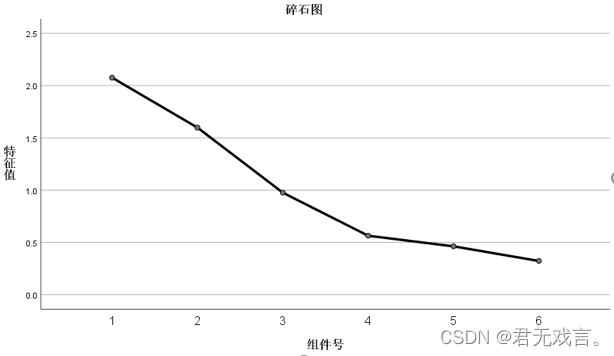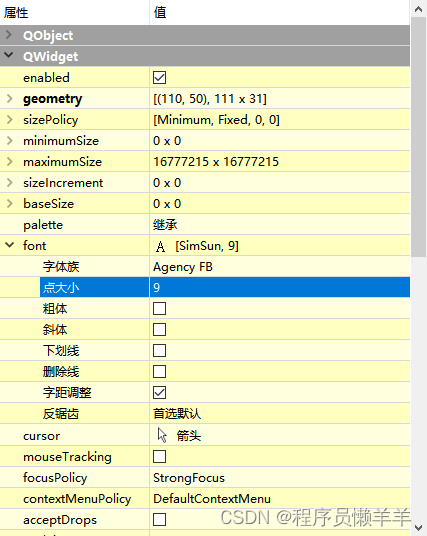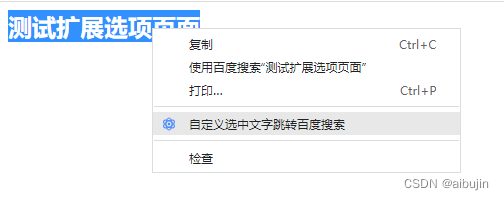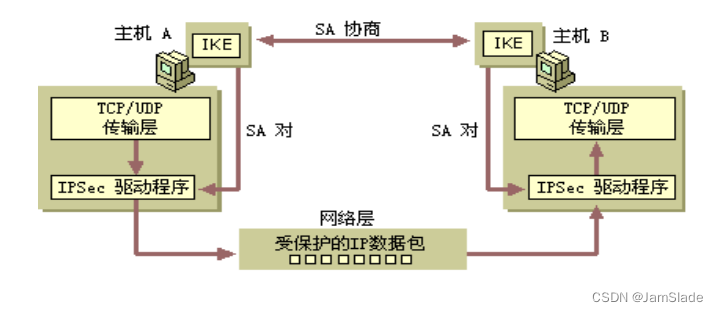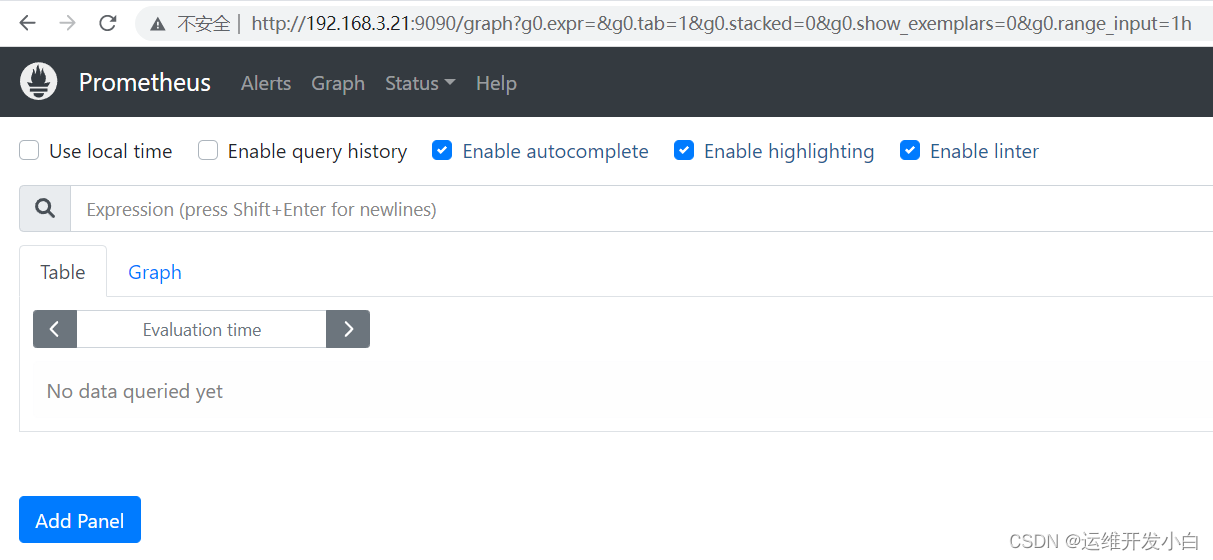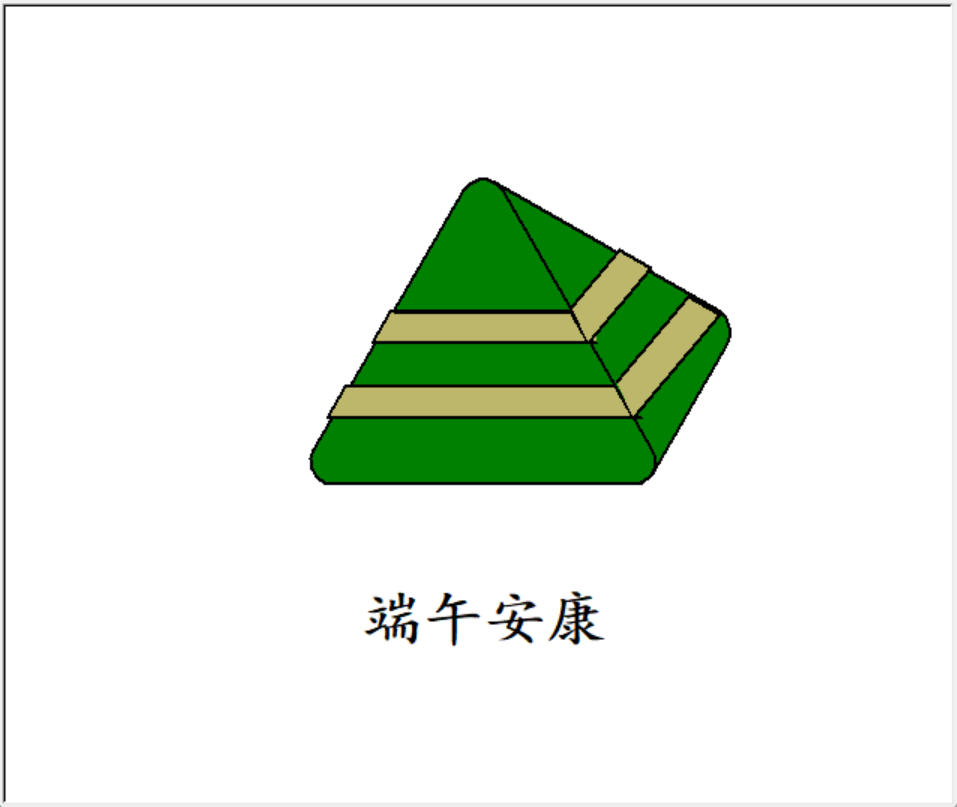目录
✿LeetCode104.二叉树的最大深度❀
✿LeetCode559.n叉树的最大深度❀
✿LeetCode111.二叉树的最小深度❀
✿LeetCode222.完全二叉树的节点个数❀
✿LeetCode104.二叉树的最大深度❀
链接:104.二叉树的最大深度
给定一个二叉树,找出其最大深度。
二叉树的深度为根节点到最远叶子节点的最长路径上的节点数。
说明: 叶子节点是指没有子节点的节点。
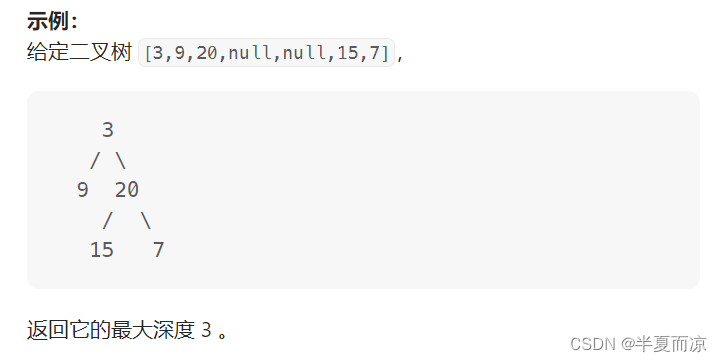
可以用后序遍历,也可以用前序遍历,后序遍历求的是高度,前序遍历求的是深度,在此题中两个是一样的,递归的代码如下:
public int maxDepth(TreeNode root) {
return getHeight(root);
}
public int getHeight(TreeNode root){
//后序遍历 求高度
if(root==null){
return 0;
}
int leftH=getHeight(root.left);
int rightH=getHeight(root.right);
int height=1+Math.max(leftH,rightH);
return height;
} int result=0;
public int maxDepth(TreeNode root) {
result=0;
if(root==null){
return 0;
}
return getDepth(root,1);
}
public int getDepth(TreeNode root,int depth){
// 前序遍历 求深度
result=Math.max(result,depth);
if(root.left==null && root.right==null){
return result;
}
if(root.left!=null){
depth++;
getDepth(root.left,depth);
depth--;
}
if(root.right!=null){
depth++;
getDepth(root.right,depth);
depth--;
}
return result;
}此外,还有迭代法,用层序遍历来实现,遍历完每一层,深度++,代码如下:
public int maxDepth(TreeNode root) {
// 迭代法
// 层序遍历
if(root==null){
return 0;
}
Queue<TreeNode> qu=new LinkedList<>();
qu.offer(root);
int depth=0;
while(!qu.isEmpty()){
int size=qu.size();
depth++;
while(size>0){
TreeNode node=qu.poll();
if(node.left!=null){
qu.offer(node.left);
}
if(node.right!=null){
qu.offer(node.right);
}
size--;
}
}
return depth;
}✿LeetCode559.n叉树的最大深度❀
链接:559.n叉树的最大深度
给定一个 N 叉树,找到其最大深度。
最大深度是指从根节点到最远叶子节点的最长路径上的节点总数。
N 叉树输入按层序遍历序列化表示,每组子节点由空值分隔(请参见示例)。
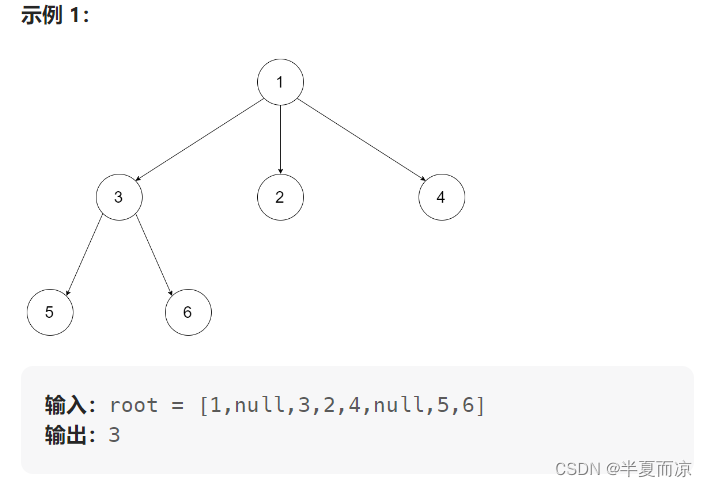
n叉树和二叉树的唯一不同就是n叉树有多个子节点,n叉树的定义如下:
/*
// Definition for a Node.
class Node {
public int val;
public List<Node> children;
public Node() {}
public Node(int _val) {
val = _val;
}
public Node(int _val, List<Node> _children) {
val = _val;
children = _children;
}
};
*/具体代码实现,思路还是一样的,代码如下:
public int maxDepth(Node root) {
//递归
int depth=0;
if(root==null){
return 0;
}
if(root.children!=null){
for(Node child: root.children){
depth=Math.max(depth,maxDepth(child));
}
}
return depth+1;
} public int maxDepth(Node root) {
// 迭代法
if(root==null){
return 0;
}
Queue<Node> qu=new LinkedList<>();
qu.offer(root);
int depth=0;
while(!qu.isEmpty()){
int size=qu.size();
depth++;
while(size>0){
Node node=qu.poll();
if(node!=null){
for(int i=0;i<node.children.size();i++){
qu.offer(node.children.get(i));
}
}
size--;
}
}
return depth;
}✿LeetCode111.二叉树的最小深度❀
链接:111.二叉树的最小深度
给定一个二叉树,找出其最小深度。
最小深度是从根节点到最近叶子节点的最短路径上的节点数量。
说明:叶子节点是指没有子节点的节点。
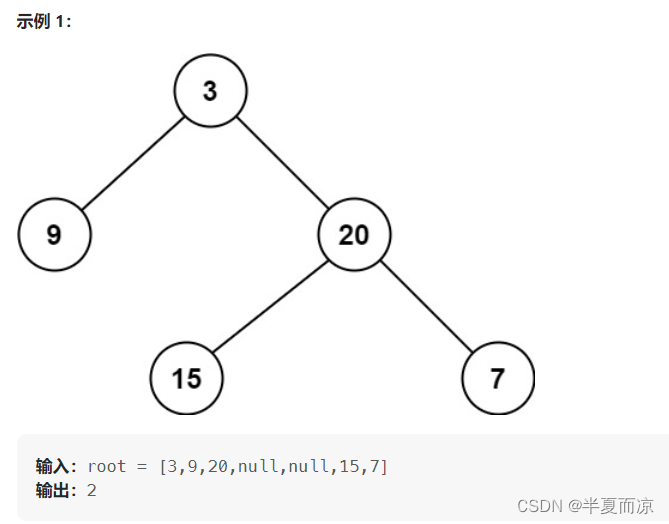
求最小深度和求最大深度还是有点不一样的,如果根节点没有左节点,但是有右节点,最小深度不是1,而是根节点到最近叶子节点的最短路径上的节点数量。代码如下:
public int minDepth(TreeNode root) {
if(root==null){
return 0;
}
int leftD=minDepth(root.left);
int rightD=minDepth(root.right);
if(root.left==null){
return rightD+1;
}
if(root.right==null){
return leftD+1;
}
return 1+Math.min(rightD,leftD);
}public int minDepth(TreeNode root) {
// 迭代法
// 层序遍历
if(root==null){
return 0;
}
Queue<TreeNode> qu=new LinkedList<>();
qu.offer(root);
int depth=0;
while(!qu.isEmpty()){
int size=qu.size();
depth++;
while(size>0){
TreeNode node=qu.poll();
if(node.left==null && node.right==null){
return depth; //到达叶子结点
}
if(node.left!=null){
qu.offer(node.left);
}
if(node.right!=null){
qu.offer(node.right);
}
size--;
}
}
return depth;
}✿LeetCode222.完全二叉树的节点个数❀
链接:222.完全二叉树的节点个数
给你一棵 完全二叉树 的根节点
root,求出该树的节点个数。完全二叉树 的定义如下:在完全二叉树中,除了最底层节点可能没填满外,其余每层节点数都达到最大值,并且最下面一层的节点都集中在该层最左边的若干位置。若最底层为第
h层,则该层包含1~ 2h个节点。

// 迭代法
public int countNodes(TreeNode root) {
if (root == null) return 0;
Queue<TreeNode> queue = new LinkedList<>();
queue.offer(root);
int result = 0;
while (!queue.isEmpty()) {
int size = queue.size();
while (size -- > 0) {
TreeNode cur = queue.poll();
result++;
if (cur.left != null) queue.offer(cur.left);
if (cur.right != null) queue.offer(cur.right);
}
}
return result;
}public int countNodes(TreeNode root) {
//递归法
if(root==null){
return 0;
}
int leftnum=countNodes(root.left);
int rightnum=countNodes(root.right);
return leftnum+rightnum+1;
}![[Leetcode] 0014. 最长公共前缀](https://img-blog.csdnimg.cn/img_convert/b56bc57b5b9d6d8b697998b24b36f89f.png)








